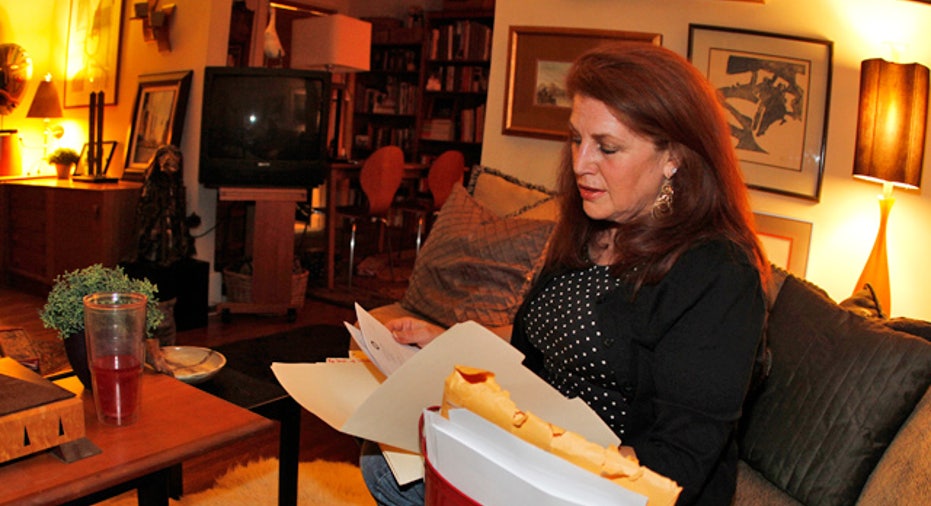You've Got the Wrong Home Insurance!

Homeowners in disaster-prone areas of the U.S. increasingly are dealing with nightmare home insurance scenarios.
In the wake of tornados like the one that recently devastated the town of Joplin, Mo. -- as well as fires, floods and hurricanes elsewhere -- many homeowners who thought they were fully insured are discovering that the replacement-cost policies they bought are dramatically insufficient to replace or rebuild their homes. (Read more about home insurance basics.)
As a result, scores of underinsured homeowners face potential losses of tens or even hundreds of thousands of dollars.
"I would be conservative in saying that 70% or more of all homeowners are underinsured," says Joe Brennan, owner of Insurance Claims Group Inc., based in Cary, N.C. Most people are underinsured at least 30 to 50%, he adds.
Chris Amrhein, president of Amrhein and Associates in Lorton, Va., and an insurance industry veteran of more than 30 years, agrees that the problem is serious. Amrhein recently taught a seminar on the topic of underinsurance for the Academy of Insurance. He believes that most people's property insurance valuations are off the mark by anywhere from 25 to 60%.
Insurance agents won't know
Brennan and Amrhein say homeowners often trust insurance agents to tell them how much coverage they need to replace or rebuild their homes in the event of a total loss and the agents simply aren't equipped to know the answer.
In preparing home insurance quotes and helping to assess a customer's home insurance needs, the typical insurance agent might use ballpark replacement-cost estimates based on generic online programs. He or she may obtain figures from real estate appraisers and realtors, or simply ask a homeowner how much coverage they want.
Amrhein likens the process to a consumer asking an agent how much insurance to buy on a valuable item, such as a 3-carat diamond ring or a rare painting.
"There's no way I would attempt to say what those things are worth," he notes. "I'd get a gem specialist or an art dealer's opinion."
Amrhein contends that insurance professionals shouldn't be the experts tasked with helping consumers come up with home-replacement estimates. He thinks that builders, who know local construction costs and labor prices, should do that.
Compounding the problem is consumers' desire to save money on home insurance rates.
"A lot of people also don't want to buy more insurance than they absolutely have to," says Amrhein. "People think they're going to be ripped off or they want to cut costs, so some will automatically drift to the lowest number or cheapest quote they get" and wind up underinsured.
Don't confuse replacement cost and market value
Many insurance valuations are erroneously based on real estate market values, Brennan says. That's a major blunder, because market value and replacement cost value are very different things.
Your home's market value can fluctuate wildly based on what a buyer is willing to pay. But replacement cost, which is the value used by insurance companies, is the cost to rebuild your home. Replacement cost is based on a host of things, ranging from the quality of materials used in a home and the local price of labor to demolition costs and zoning expenses.
"The average 1,500-square-foot home in the U.S. cost about $100 to $150 per square foot to rebuild," Brennan says, adding that these are ballpark figures, since location and building materials matter greatly. Homes in California and New York often run $200 to $250 a square feet to rebuild.
The Property Casualty Insurers Association of America encourages homeowners to conduct annual reviews of their insurance needs, to notify their agent or insurers about remodeling work or additions, and to find a reputable contractor to provide a good estimate of a house's replacement cost.
The original article can be found at Insure.com:You've got the wrong home insurance!
Related Links



















